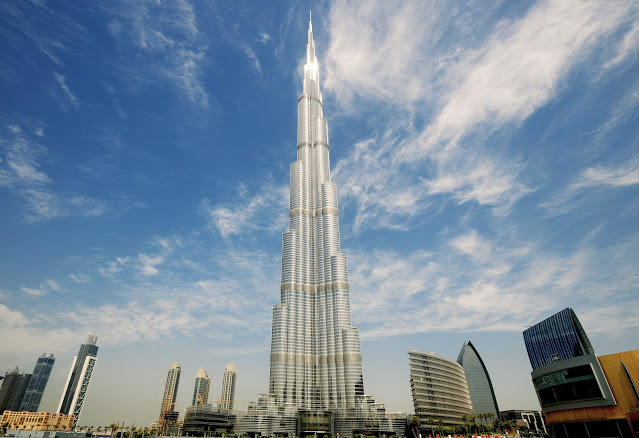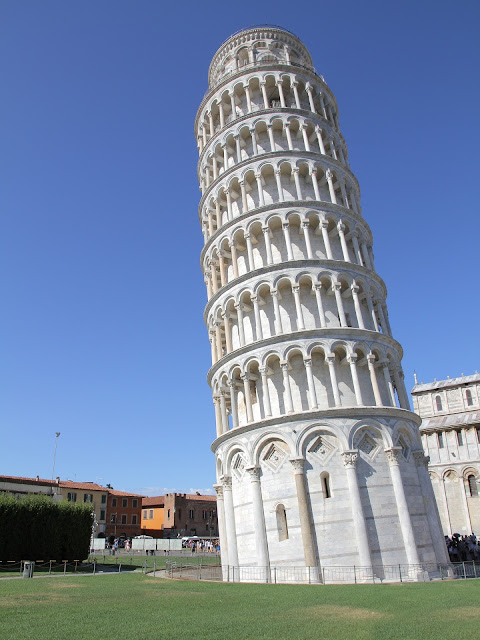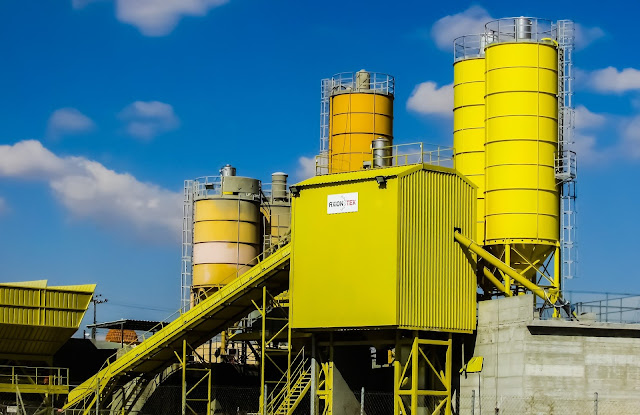Featured
- Get link
- X
- Other Apps
Burj Khalifa Dubai
The Burj Khalifa, known as the Burj Dubai , is a skyscraper in Dubai, United Arab Emirates. With a total height of 829.8 m and a roof height of 828 m. The Burj Khalifa has been the tallest structure and building in the world since its topping out in 2009.
Owner : Emaar Properties
Architect : Adrian D. Smith
Architectural style : Neo-futurism
Located at : Dubai
Construction started : 6th January,2004
Construction completed : 1st October,2009
Features:
1.The Dubai Fountain
Outside, WET Enterprises designed a fountain system at a cost of 800 million. Illuminated by 6,600 lights and 50 coloured projectors, it is 270 m (900 ft) long and shoots water 150 m (500 ft) into the air, accompanied by a range of classical to contemporary Arabic and other music. It is the world's second largest choreographed fountain. On 26 October 2008, Emaar announced that based on results of a naming contest the fountain would be called the Dubai Fountain.
2.Observation deck
An outdoor observation deck, named At the Top, opened on 5 January 2010 on the 124th floor. At 452 m, it was the highest outdoor observation deck in the world when it opened. Although it was surpassed in December 2011 by Cloud Top 488 on the Canton Tower, Guangzhou at 488 m, Burj Khalifa opened the 148th floor SKY level at 555 m, once again giving it the highest observation deck in the world on 15 October 2014, until the Shanghai Tower opened in June 2016 with an observation deck at a height of 561 metres.
3.Burj Khalifa park
Burj Khalifa is surrounded by an 27-acre park designed by landscape architects SWA Group. Like the tower, the park's design was based on the flower of the Hymenocallis, a desert plant. At the centre of the park is the water room, which is a series of pools and water jet fountains. Benches and signs incorporate images of Burj Khalifa and the Hymenocallis flower. The plants are watered by water collected from the building's cooling system. The system provides 68,000,000 L annually. WET Enterprises, who also developed the Dubai Fountain, developed the park's six water features.
- Get link
- X
- Other Apps
Popular Posts
How can we protect Leaning Tower of pisa?
- Get link
- X
- Other Apps
What is the profit margin for ready mix concrete business in India?
- Get link
- X
- Other Apps



Comments
Post a Comment